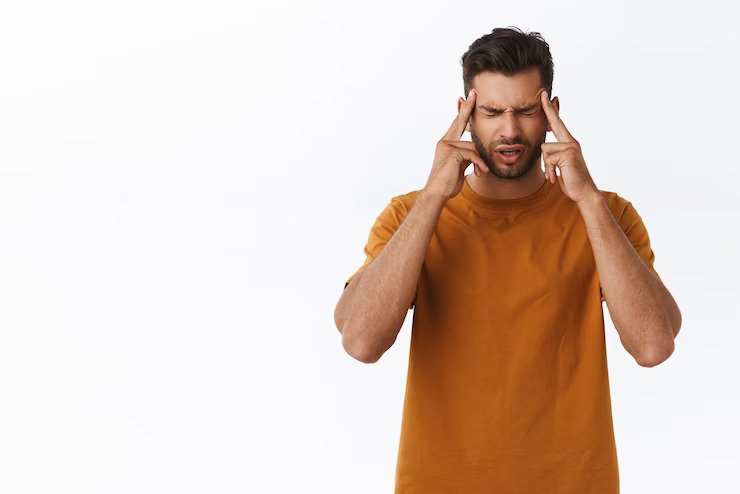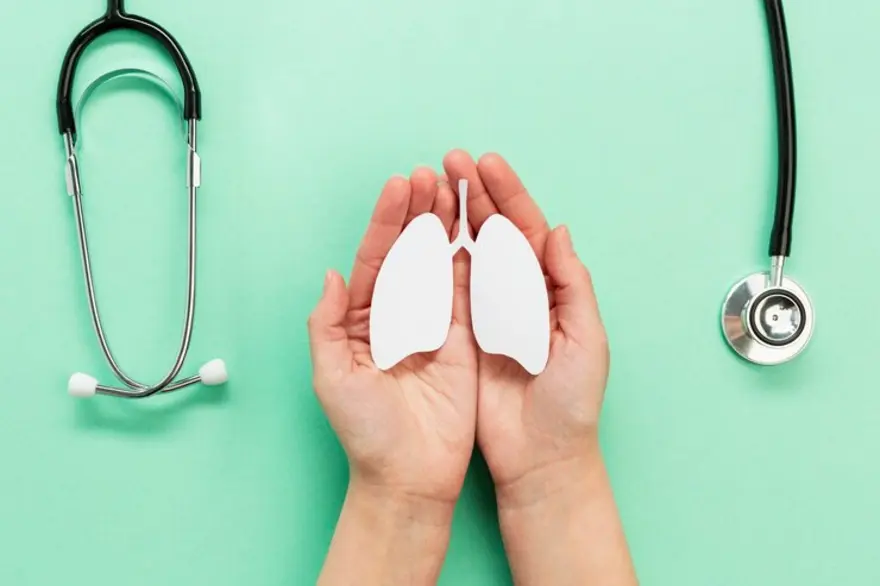headache
Headaches - Types, Causes, Symptoms & Treatment Option
Overview Headache is a pain in the head region. It occurs gradually or suddenly. Most headaches are not dangerous. But a certain type can be a sign of a serious underlying condition. The location of the headache can be on one side or both sides. It can last from an hour to several days. It can be isolated or radiated to the eyes and shoulder. Headache pain can be constant, sharp, throbbing, or dull. A headache is the most common type of pain. It is estimated that 40% of people have headaches and about 10% have migraine headaches. How Many Different Types of Headaches are There? There are nearly 150-200 different types of headaches. It can vary according to intensity, location, frequency, and causes. Broadly they are classified into 2 types: Primary Headache: It is not a symptom of an underlying disease or condition. The pain can be related to inflammation in and around the head and neck. The most common primary headaches are: Cluster headache - This headache is severe. It occurs more often in men than women. The reason can be smoking. Migraine - The migraine attack can be due to fatigue, depression, or lack of sleep. Migraine with aura - This kind of headache is related to some strong scent or chemical odour. Tension headache - This is the most common of all headaches. If you have tension or stress then you get this type of headache. Trigeminal Autonomic Cephalalgia (TAC) - This is a unilateral type of headache. Pain is in the area of the trigeminal nerve region. Cough headache Exercise headache - Sudden strenuous exercise can cause headaches. Sex headache - Sexual intercourse can trigger a headache. It is also called an orgasmic headache. Medication headache - Many drugs have side effects such as headaches. Secondary Headache: This headache is caused by another condition in the head and neck. A secondary headache can be a warning sign of a more serious underlying condition. Sinusitis - Acute sinusitis causes pain over the forehead, around the nose and eyes, and over the cheeks. Brain tumour Spinal headaches Ear infection Dental problems Brain inflammation Glaucoma Meningitis Stroke Trigeminal neuralgia What are The Symptoms of Headaches? Different people have a different sets of symptoms: Minor symptoms like pain in the head and radiating pain to the eye and shoulder. These are treated with over-the-counter medicine. But if you have symptoms like Confusion or trouble understanding speech Fainting Headaches that occur after a head injury or accident Trouble in speech and walking. Loss of balance Numbness or tingling Paralysis Seizure Vision blurring Higher fever, greater than 102- 104 F Nausea or vomiting Hereditary Occur more often than usual If it doesn't improve with over-the-counter medicine. If your headache is interfering with your daily functioning or affecting your mood, you should schedule an appointment with your doctor for diagnosis and investigation. What are The Causes of Headaches? The causative factor helps the doctor to evaluate the treatment plan. Lifestyle-triggered headaches are: Missed meals Alcohol Some food like caffeine, chocolate, cheese, and fermented foods Exposure to allergens Change in weather Passive smoking Consuming nicotine Poor posture Lack of sleep or oversleeping Cough Strong odours from perfume or chemicals Stress Dehydration Change in hormonal levels What is The Treatment Option For Headaches? Not all headaches require medication. Treatment depends on the type of pain, how often, and what is the reason for the pain. The first and foremost step for treating headaches is finding the trigger factor. If your trigger factor is related to stress then stress management techniques can help you to reduce headaches. Biofeedback teaches you to recognize when tension is building in your body. Sensors are connected to your body. These will monitor your involuntary responses to headaches. Medications Treating the underlying medical condition Once your assessment is done then you can start the treatment plan FAQs What is the Difference Between a Headache and a Migraine? A migraine is a throbbing headache. It is classified under primary headache. Migraine is a neurological condition. It occurs due to smells, sounds, bright lights, or physical exhaustion. Work with your doctor to find out the best treatment that suits you. Who Suffers from a Headache? Adults, children, and teenagers all can get headaches. Are Headaches Hereditary? Yes, a headache can be hereditary. It runs in families. How are Headaches Diagnosed? Your doctor will record your physical examination along with your medical, and family history. He will also ask for a neurological test. This is done to evaluate the cause of the headache. What is the Test Done For Diagnosis of Headache? Diagnosis is based on the medical and pain history. Your doctor will ask you about the frequency, severity, and location of the pain. In addition to medical history, if the problem is inside the brain then your doctor will ask for several imaging tests. A CT scan, spinal tap or MRI may be taken. These can help determine if your headache is related to the central nervous system. How Can a Headache be Prevented? The best way to prevent headaches is to: Figure out your triggering factors. These could be the smell of scents, lack of sleep, and poor posture. Lifestyle modifications Talking a walk Taking rest Massaging your head, neck, or back Stretching exercise is also beneficial Applying a hot or cold pack to your head.
 Home Visit
Home Visit Upload
Upload















 WhatsApp
WhatsApp